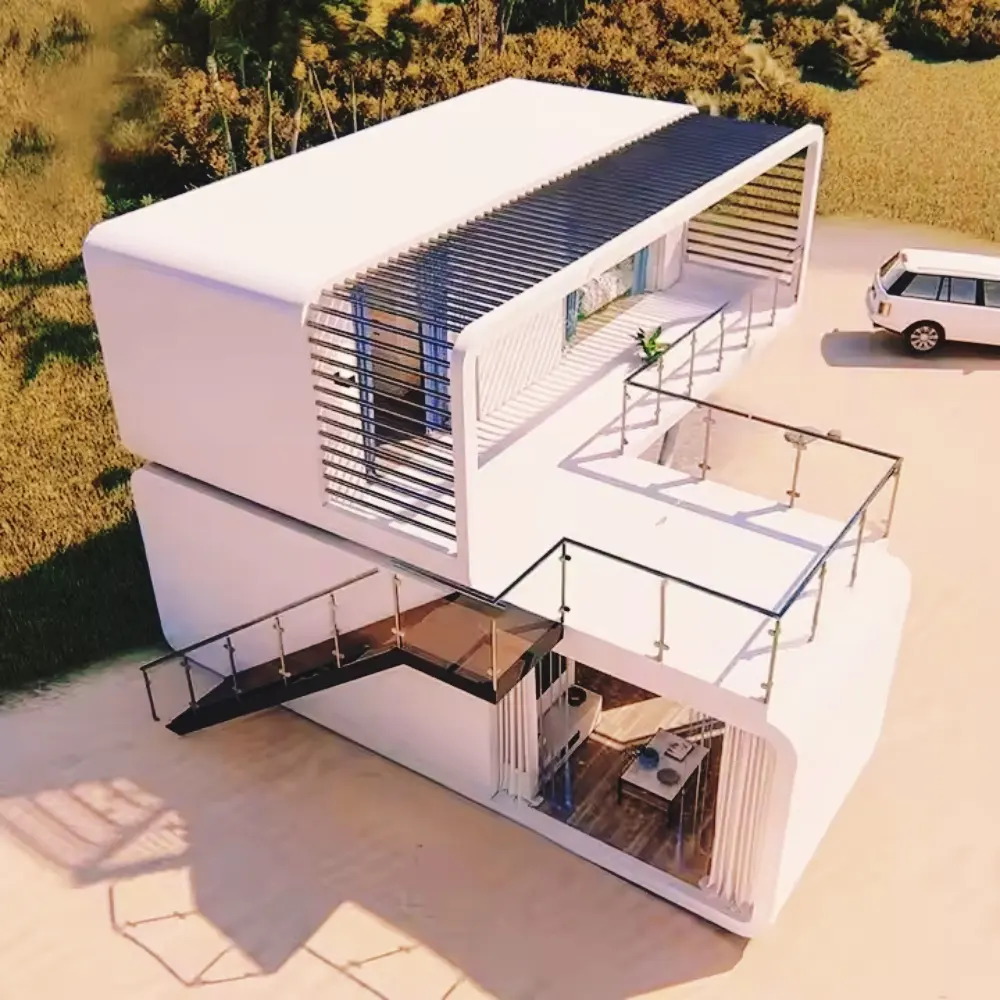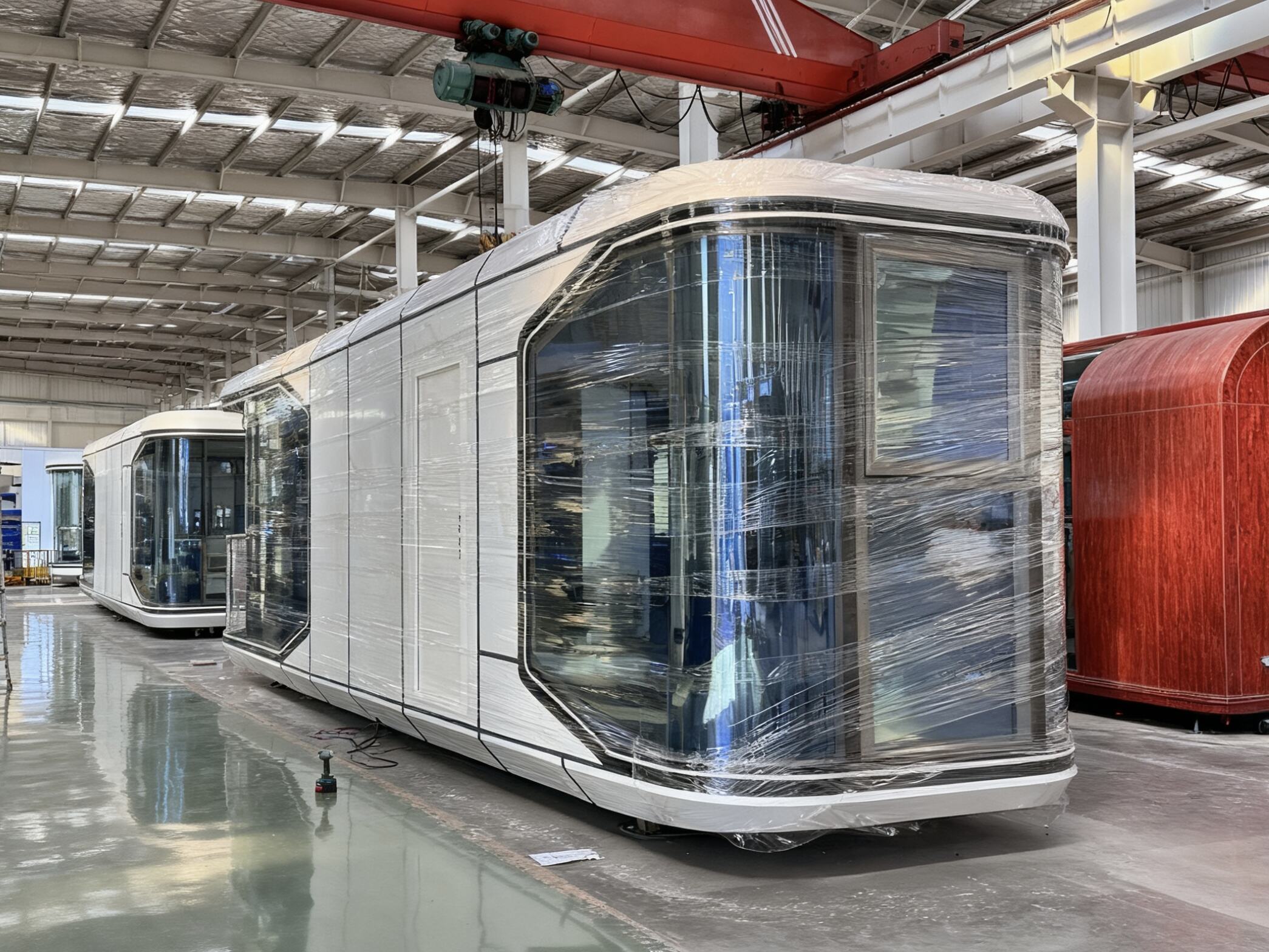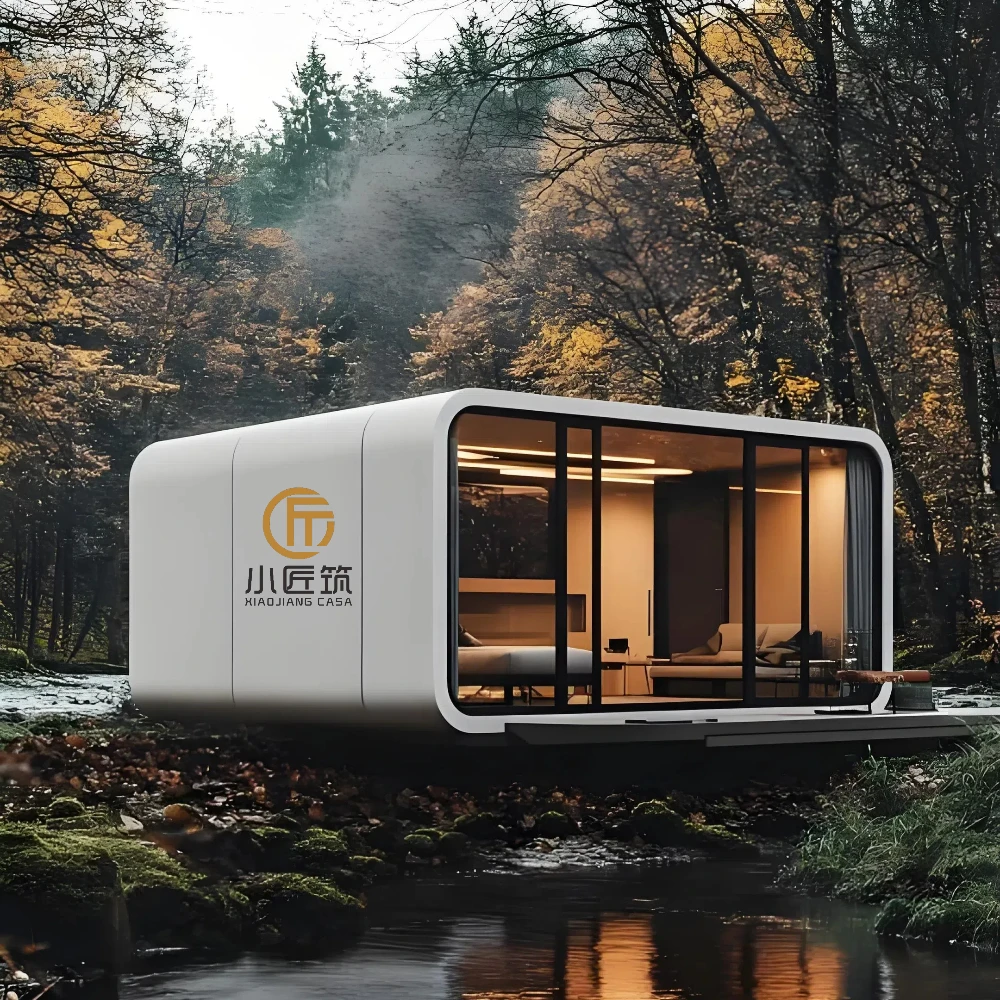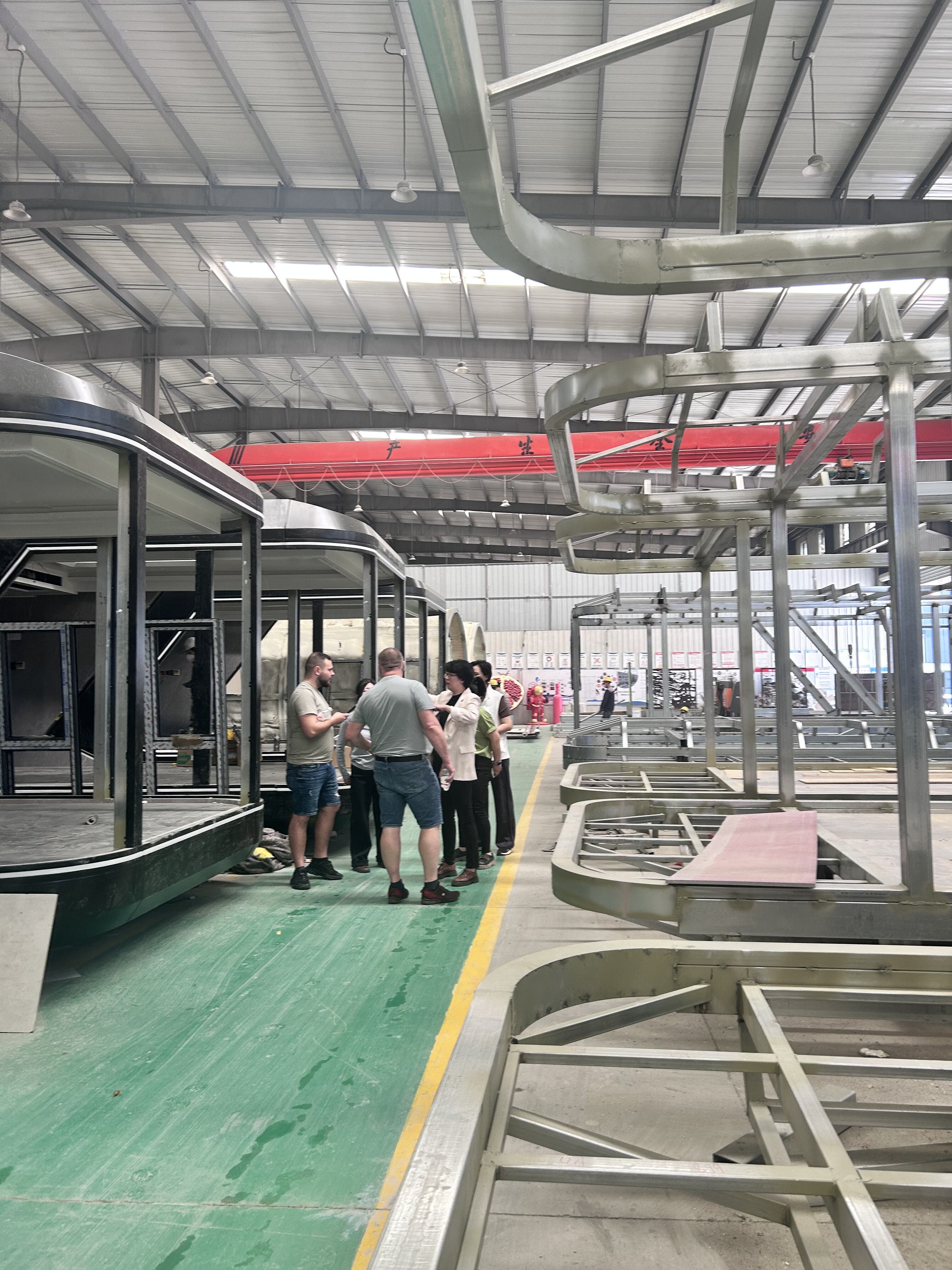Architectural Advantages of Dome House Structures
Definition and types of dome style homes
Dome houses are curved structures that eliminate traditional corners and flat walls, using geometric patterns like triangles or hexagons to create self-supporting shells. The three primary variants include:
- Geodesic domes: Interlocking triangular frames popularized in modern architecture
- Monolithic domes: Single-piece concrete structures built with inflatable forms
- Hybrid designs: Combinations of dome shapes with conventional building elements
First developed in the 20th century, these designs have evolved into permanent residences, emergency shelters, and commercial spaces.
Geometric efficiency and reduced surface area in dome design
The spherical shape of dome houses reduces exterior surface area by 25-30% compared to rectangular buildings of equal volume. This compact form decreases material requirements by 15-20% while improving structural cohesion. The continuous curvature also minimizes thermal bridging—a key contributor to energy loss in traditional homes.
Structural integrity and load distribution in geodesic domes
What makes dome houses so strong? Their design relies on those triangular frames that spread stress throughout the whole structure rather than concentrating it in one spot. Recent studies from last year showed something pretty impressive about these geodesic structures they can handle wind pressure almost three times what regular houses manage, plus carry snow loads that are half again as heavy. And here's why this matters for people living in areas prone to bad weather: those interconnecting beams create multiple pathways for force distribution. So when a storm hits hard, there's no single point where everything might give way suddenly. That redundancy factor really works wonders in preventing catastrophic failure during severe conditions.
Aerodynamic shape and natural disaster resilience
Wind flows much better around these structures thanks to their curved shape, which prevents those dangerous pressure differences that can tear buildings apart. The design works so well against wind forces that it can actually withstand gusts over 200 miles per hour, something we typically associate with the most violent tornadoes on record. When looking at how they hold up during storms, dome houses show remarkable strength. They combine this wind resistance with good earthquake protection because stresses spread out evenly across the structure. According to recent FEMA reports from 2022, these domes stand up to hurricanes about 87% better than traditional homes. That kind of performance makes them pretty attractive for areas prone to severe weather events.
Energy Efficiency and Thermal Performance in Dome Homes
Reduced Energy Demand Through Optimized Shape and Insulation
The spherical geometry reduces exterior surface area by up to 30%, minimizing heat transfer and lowering HVAC demands. A 2022 National Renewable Energy Laboratory study found geodesic domes require 57% less HVAC energy than conventional homes due to these geometric efficiencies.
Passive
FAQ
What are the main types of dome houses?
The main types of dome houses include geodesic domes, monolithic domes, and hybrid designs.
How do dome houses perform in severe weather?
Dome houses can withstand wind gusts over 200 miles per hour, are 87% better in hurricanes compared to traditional homes, and offer robust earthquake protection due to their aerodynamic and stress-distributing designs.
What makes dome houses energy efficient?
Their spherical geometry reduces exterior surface area by up to 30%, minimizing heat transfer and lowering HVAC demands by 57% compared to conventional homes.








